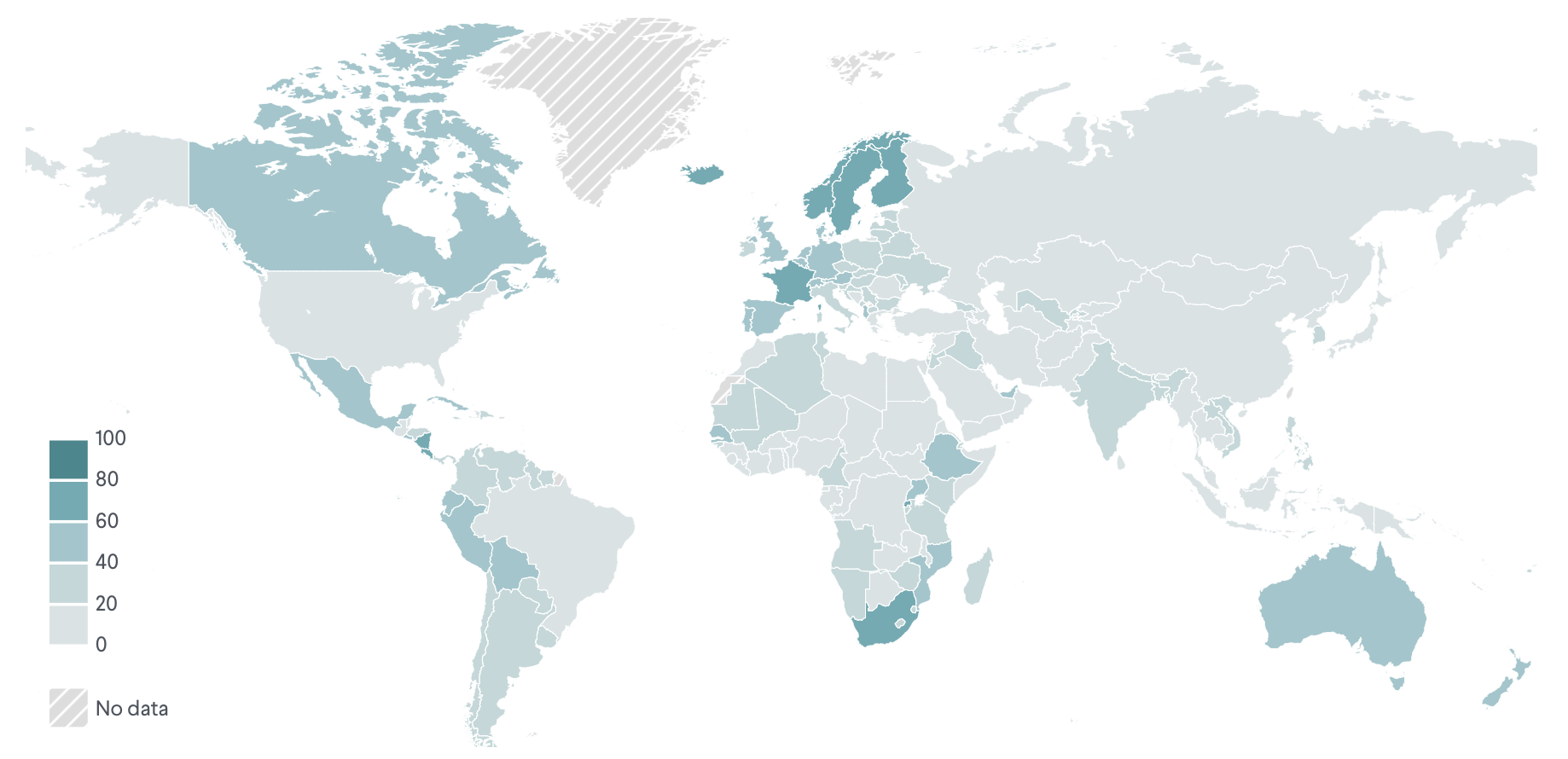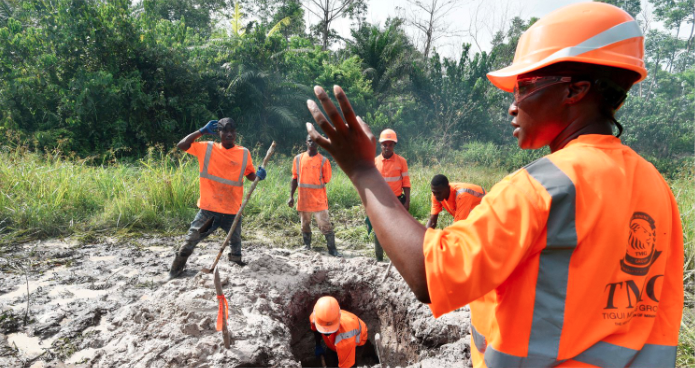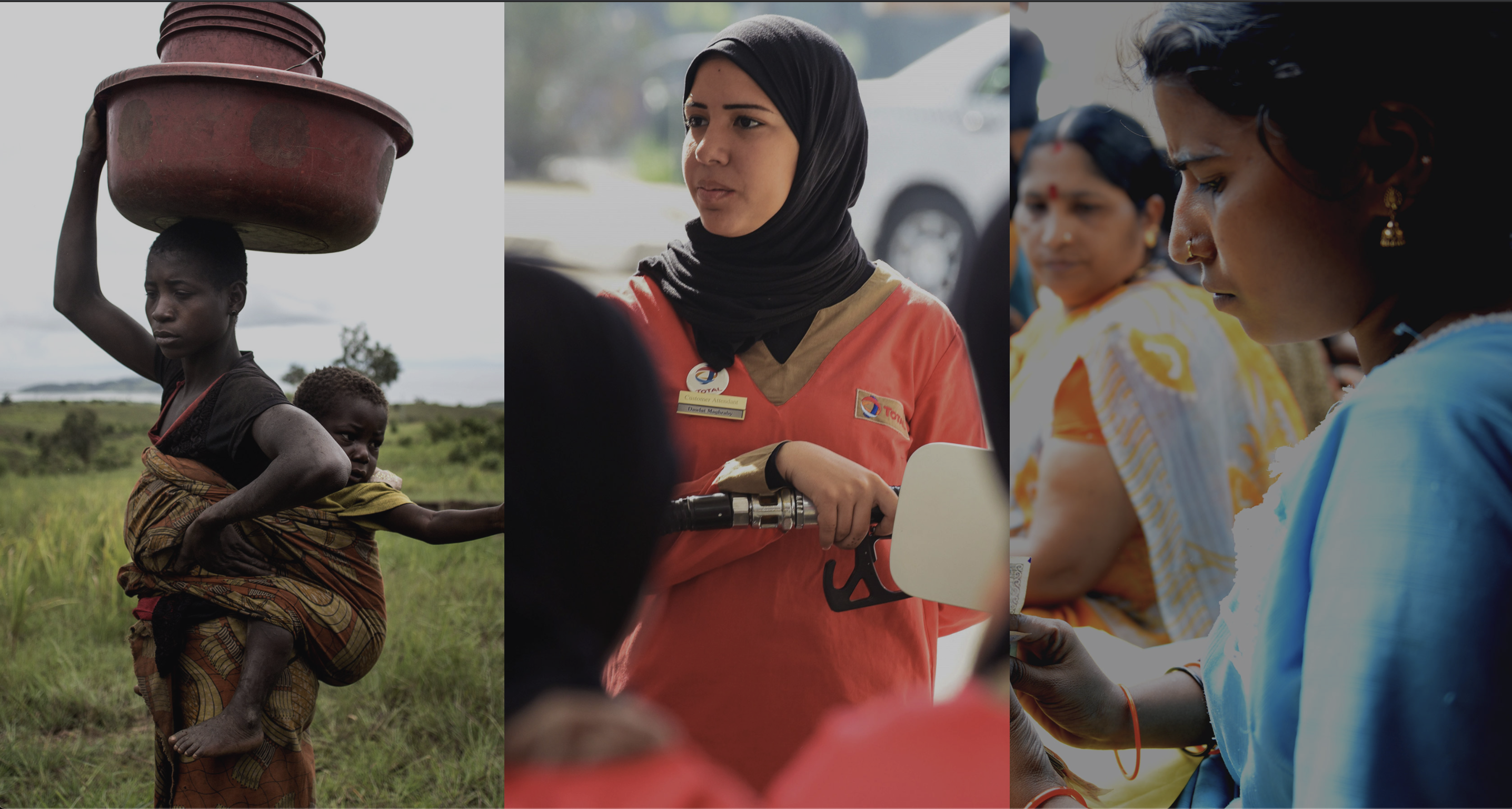Peace agreements fail all too frequently, and recidivism for civil war is alarmingly high. New strategies to advance security are needed. Despite the historical exclusion of women from the peace table, a growing body of evidence shows women’s contributions to conflict prevention and resolution reduce conflict and improve stability. Learn about the ways that women have contributed to peace efforts around the world and explore statistical research demonstrating the relationship between gender equality and the security of states.
Women often take a collaborative approach to peacemaking and organize across cultural and sectarian divides. Research suggests that such an approach—which incorporates the concerns of diverse demographics (e.g., religious, ethnic, and cultural groups) affected by a conflict and with an interest in its resolution—increases the prospects of long-term stability and reduces the likelihood of state failure, conflict onset, and poverty.
-
Israeli and Palestinian women have long built coalitions across national, ethnic, and religious lines to lead nonviolent efforts to promote security and access to basic services.
-
The Syrian Women’s Advisory Board, which includes members from a range of ethnic, political, and religious backgrounds, finds consensus on many contentious issues.
Including women at the peace table can also increase the likelihood of reaching an agreement because women are often viewed as honest brokers by negotiating parties. This perception is rooted in the reality of women’s exclusion: because women often operate outside existing power structures and generally do not control fighting forces, they are more widely perceived to be politically impartial mediators in peace negotiations, compared to men.
-
Women from Northern Ireland were respected as “honest brokers” who represented both communities, which allowed them to lead back-channel conversations with opposing parties, including when Sinn Fein was temporarily barred from the talks.
-
An evaluation of negotiations in the Philippines found that women were more likely to be trusted and were better able than men to preserve interethnic alliances as tensions in the Mindanao conflict escalated.
Women often advance peacemaking by employing visible and high-profile tactics to pressure parties to begin or recommit to peace negotiations, as well as to sign accords. Women’s groups have successfully staged mass actions and mobilized public opinion campaigns in many countries to encourage progress in peace talks. In recent times, women’s groups have organized more mass action campaigns in support of peace deals than any other social group.
-
In 2003, Liberian women led by activist and future Nobel Peace laureate Leymah Gbowee led marches, organized weekly rallies in central fish markets, and staged nationwide women’s strikes and sit-ins.
-
Women’s groups in Guatemala led public marches that gathered thousands of people to protest the military’s brutal insurgency campaign and urge progress in peace talks.
-
Women in Sudan were at the forefront of protests in 2019 that led to the overthrow of Sudanese President Omar al-Bashir in a coup d'état, making up 70 percent of protestors by some estimates. Women again stepped up to protest forcefully after military leaders staged a second coup d'état in 2021 and put an authoritarian leader in charge, derailing the country’s progress toward democratic governance.
Because women tend to have different social roles and responsibilities than men do, they have access to information and community networks that can inform negotiating positions and areas of agreement.
-
In Northern Ireland, female negotiators held regular meetings with the public to learn more about the needs and concerns of both the Catholic and Protestant communities.
-
In Afghanistan, a network of women activists in Kabul and Ghazni noticed Taliban fighters smuggling weapons—local security personnel failed to heed their reports, resulting in an attack on a nearby prison.
Women are more likely to raise social issues in negotiations that help societies reconcile and recover. Evidence suggests that women frequently raise issues in conflict resolution processes beyond military action, power-sharing arrangements, and territorial gains, instead introducing political and legal reforms, social and economic recovery priorities, and transitional justice concerns that can make agreements more durable.
-
Women on Israeli and Palestinian technical committees in negotiations provide critical expertise on issues like water access and legal and human rights concerns.
-
In Colombia, women successfully facilitated the inclusion of provisions in the final agreement on the rights of women and girls, access to property for rural and indigenous communities, women’s political participation, gender-based violence, and post-conflict accountability for sexual violence.
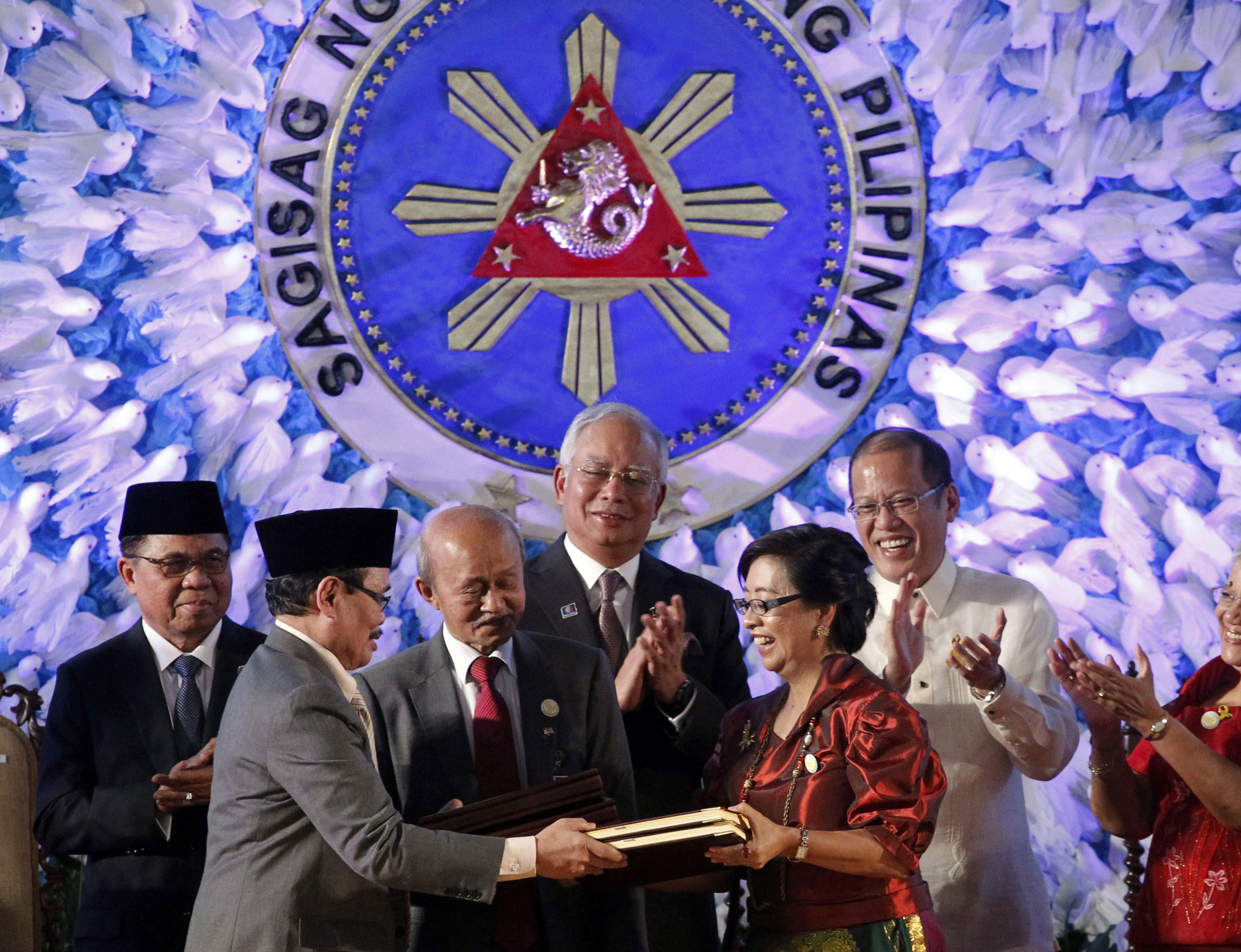
Ensuring diversity—including through women’s participation—in post-conflict recovery and rebuilding processes advances stability. Studies show that commissions charged with delivering on specific aspects of a peace agreement—such as monitoring disarmament and demobilization, establishing a truth and reconciliation process, or drafting a constitution—are more effective when women participate. Women are also more likely to direct post-conflict resources to the reconstruction of public institutions and provision of services critical to long-term stability, including schools, healthcare services, clean drinking water, and judicial systems.
-
To promote rule of law during Myanmar’s democratic transition, women’s groups documented and publicized human rights violations perpetrated by the military and armed ethnic groups.
-
Women in Guatemala organized campaigns for disarmament and developed strategies to help former fighters move into productive work.
Statistical Research
Research examining all peace agreements in the post–Cold War period found the participation of civil society groups, including women’s organizations, made a peace agreement 64 percent less likely to fail.
A qualitative review of forty peace and constitution-drafting negotiations since 1990 found that parties were significantly more likely to agree to talks and subsequently reach an agreement when women’s groups exercised strong influence on the negotiation process, as compared to when they had little or no influence.
Higher levels of gender equality are associated with a lower propensity for conflict, both between and within states.
States with higher levels of political, social, and economic gender equality are less likely to use military force to settle disputes.
According to one study analyzing data from 1954 to 1994, there is a statistically significant relationship between the percentage of female leaders and the level of violence in a crisis.
States that are characterized by ethnic and gender inequality—as well as human rights abuse—are more likely to become involved in militarized and violent interstate disputes, rely on force in an international dispute, and be the aggressors during international disputes.
Female security sector officials frequently have access to populations and venues that are closed to men, thereby improving intelligence about potential security risks. Women are better able to screen women during searches, helping to close a security loophole that increasingly has been exploited by extremists.
Women have a comparative advantage in interactions with community members, which amplifies situational awareness and helps military commanders fulfill their mandates, including the protection of civilians.
Women in police forces are less likely than their male counterparts to use excessive force and far more likely to de-escalate tensions and build trust with the communities they serve, thereby advancing stability and the rule of law.
Surveys confirm that women’s participation in the security sector is associated with fewer misconduct complaints and improved citizen perceptions of force integrity. In Namibia, Rwanda, and South Africa, local populations perceived female police peacekeepers to be less threatening, more receptive to civilians’ concerns, and more effective at de-escalating potential violence.
A visible presence of female peacekeepers has been shown to empower women and girls in host communities and can raise women’s participation rates in local police and military forces. In Liberia, observers attributed an increase in women’s participation in the national security sector—from 6 percent to 17 percent over nine years—to the example set by the all-female police units deployed as part of the UN peacekeeping mission.
Greater gender balance in peacekeeping forces reduces the risk of sexual exploitation and abuse. Estimates suggest that increasing the proportion of women in the military from 0 to 5 percent reduces abuse allegations by more than half.
Female officers are better able to respond to concerns about women’s physical safety. Data from thirty-nine countries demonstrates that women are more likely to report instances of gender-based violence to female officers—a finding anecdotally supported for police, military, and peacekeeping personnel.
When at least 35 percent of a country’s legislature are women, the risk of conflict relapse is close to zero. When women are unrepresented in parliaments, however, the risk of relapse increases over time.
Higher levels of women’s political participation are associated with a lower risk of civil war and a reduced likelihood of state-perpetrated political violence—fewer killings, forced disappearances, torture, and political imprisonments.
A quantitative analysis found that the longer a country has had female suffrage before the outbreak of an international dispute, the higher the likelihood that it will resolve the dispute without using military force.
According to a survey of sixty-five countries, women’s presence in politics restores trust in government and increases the amount of attention paid by political bodies to social welfare, legal protection, and the transparency of government and business.
Women’s participation in public sector positions can improve the provision of services critical to stability, including clean water, immunizations, schooling, and infrastructure.
Commissions charged with delivering on specific aspects of a peace agreement—such as monitoring disarmament, establishing a truth and reconciliation process, or drafting a constitution—were more effective when women participated.
Women’s inclusion in efforts to disarm, demobilize, and reintegrate ex-combatants eases tensions, opens dialogue, and improves protections for child soldiers. Among former combatants in Sierra Leone, 55 percent identified women in the community as central figures in aiding reintegration, compared to 32 percent citing international aid workers and 20 percent citing community leaders.
The most rapid postconflict reductions in poverty were observed in areas where women reported higher levels of empowerment, according to one cross-cutting study of conflict-affected communities.
Large gaps in female and male literacy rates and an excess of young men are associated with both more conflict incidents and higher conflict-related fatalities, according to one study of eighty-five districts in Northeast India.
Inequality in family law—for example, policies that disadvantage women regarding age and consent of marriage, the criminalization of marital rape, and inheritance law and practices—is a significant predictor of state instability and fragility, according to a quantitative analysis of 171 countries.
A study of women’s personal empowerment at the household level—including indicators such as property and inheritance rights, rights in marriage, divorce, and custody, and the level of violence against women in the home—found that less empowerment in the household correlates with less stability nationwide (measured by political instability, lack of freedoms, autocracy, corruption, and internal conflict).
Countries where women are less empowered at the household level are more likely to produce foreign fighters going to territory controlled by the self-proclaimed Islamic State.
Rising bride prices are associated with increased violence and terrorism. Research found that bride prices are subject to destabilizing inflation, putting marriage out of reach for many young men. This incentivizes violence to obtain the necessary funds to marry.
Individuals, both men and women, who do not support gender equality are more likely to express hostility towards other countries and to minorities within their own country, according to a study of five countries around the Pacific—China, Indonesia, Japan, South Korea, and the United States.
Men who support values of “honor culture” (male societal privilege and control over female sexuality) are more likely to have participated in political violence during protests, according to a study in Thailand.
Military units and law enforcement bodies that respect human rights and prevent sexual violence are more effective at promoting security. In contrast, sexual violence committed by troops can represent a lack of discipline associated with weak command and control or a poor focus on objectives. In the Democratic Republic of Congo, for example, a mass rape of over 150 civilians in 2011 was attributed to lax command and control structures by local armed forces.
Wartime rape also fuels displacement. A 2013 International Rescue Committee study of displaced persons who fled Syria for neighboring Jordan and Lebanon found that the majority identified the danger of rape as a primary reason for leaving cities under siege. Threats of abduction spurred the 2014 exodus of two hundred thousand members of the Yazidi community in the Sinjar region of northern Iraq.
Exposure to acts of violence—including all forms of sexual violence—lessens trust in government institutions, including judicial systems, security forces, and electoral processes. Declining trust in the government’s ability to provide recourse for crimes committed against civilians also feeds grievances against the state, which makes citizens more likely to join or support nonstate armed groups and increases the risk of conflict relapse.
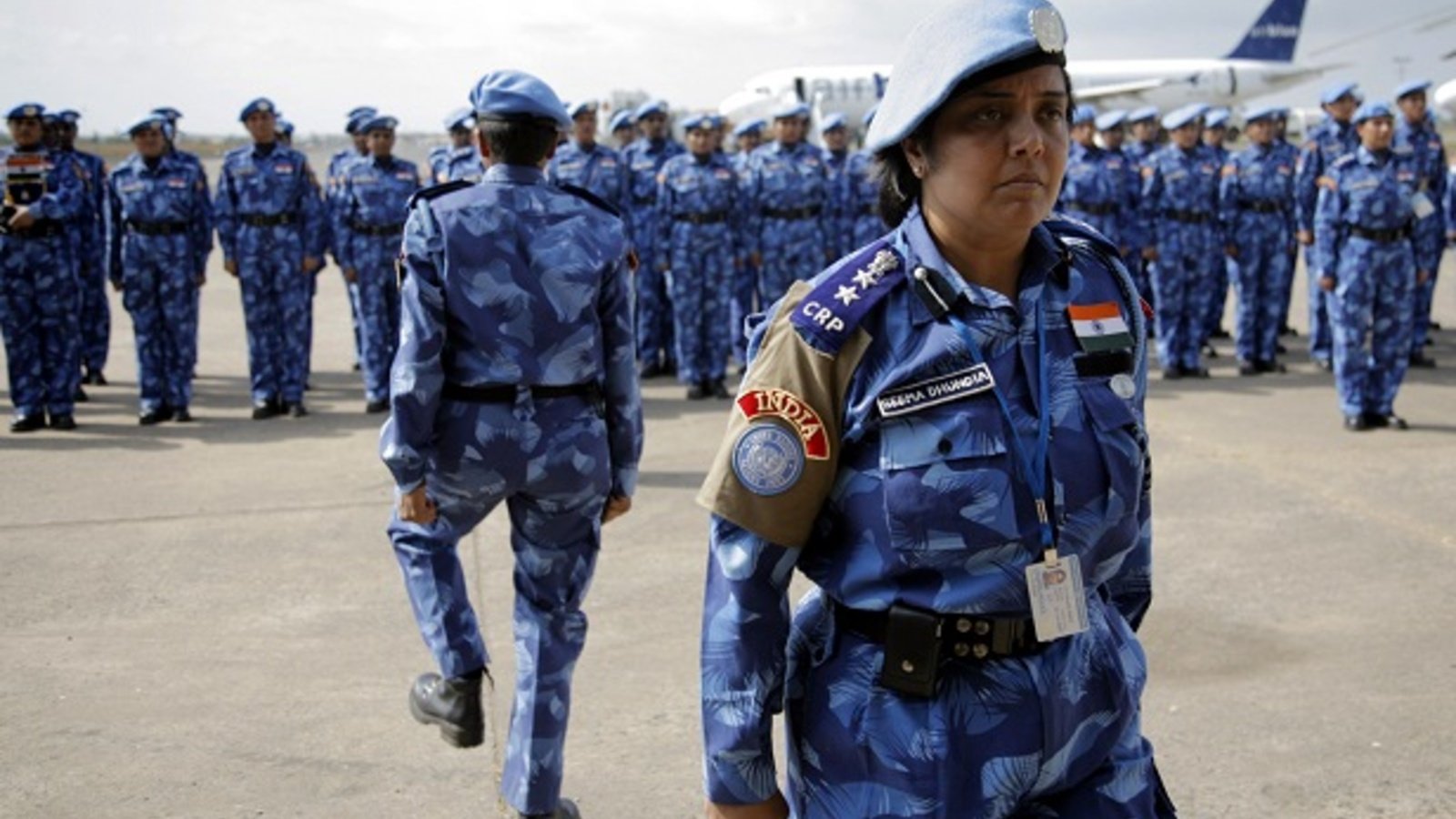
Evidence shows that security efforts are more successful and sustainable when women contribute to conflict prevention and early warning, peacemaking, peacekeeping, and postconflict resolution and rebuilding. Furthermore, higher levels of gender equality are associated with a lower propensity for conflict, both between and within states. Read more in an original CFR report by Jamille Bigio and Rachel Vogelstein: How Women’s Participation in Conflict Prevention and Resolution Advances U.S. Interests.




